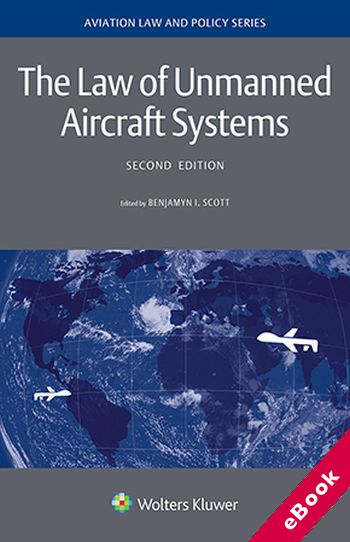
The device(s) you use to access the eBook content must be authorized with an Adobe ID before you download the product otherwise it will fail to register correctly.
For further information see https://www.wildy.com/ebook-formats
Once the order is confirmed an automated e-mail will be sent to you to allow you to download the eBook.
All eBooks are supplied firm sale and cannot be returned. If you believe there is a fault with your eBook then contact us on ebooks@wildy.com and we will help in resolving the issue. This does not affect your statutory rights.
The Law of Unmanned Aircraft Systems, currently in its second edition, is a definitive survey and guide, reflecting the expansion of Unmanned Aircraft Systems (UAS) and the importance placed on it by a diverse range of stakeholders, as well as the enlarged regulatory and policy landscape. Over the past years, this sector has grown phenomenally propelling the dire need for national, regional, and international law and policy.
In addition to the updating of the original chapters, the second edition elucidates new topics to become a more expansive and critical compendium. Authorship, which originally centred around those affiliated with Leiden University’s Institute of Air and Space Law, has been extended beyond the original scope and now includes additional experts from across the globe, each of whom explores already existing rules and proposals coming from national, regional and international levels.
What’s in this book:
Over and above the broadened discussions on fundamental legal issues such as insurance, financing, liability, accidents investigation, privacy, cyber security, stakeholder organisations and industry standards, the second edition takes cognisance of major recent developments in the following areas:
Similar to the first edition, the second one includes a representative cross-section of national laws covering twenty-one different jurisdictions.
How this will help you:
This up-to-date edition not only synthesises and clarifies the complex body of international, regional and national UAS-related law but also furnishes expert insight into trends and areas of concern for numerous stakeholders. Indubitably, this book will prove to be invaluable to lawyers, relevant governmental and non-governmental agencies, aviation law scholars, and strategic planners in the wider aviation and transport industries.